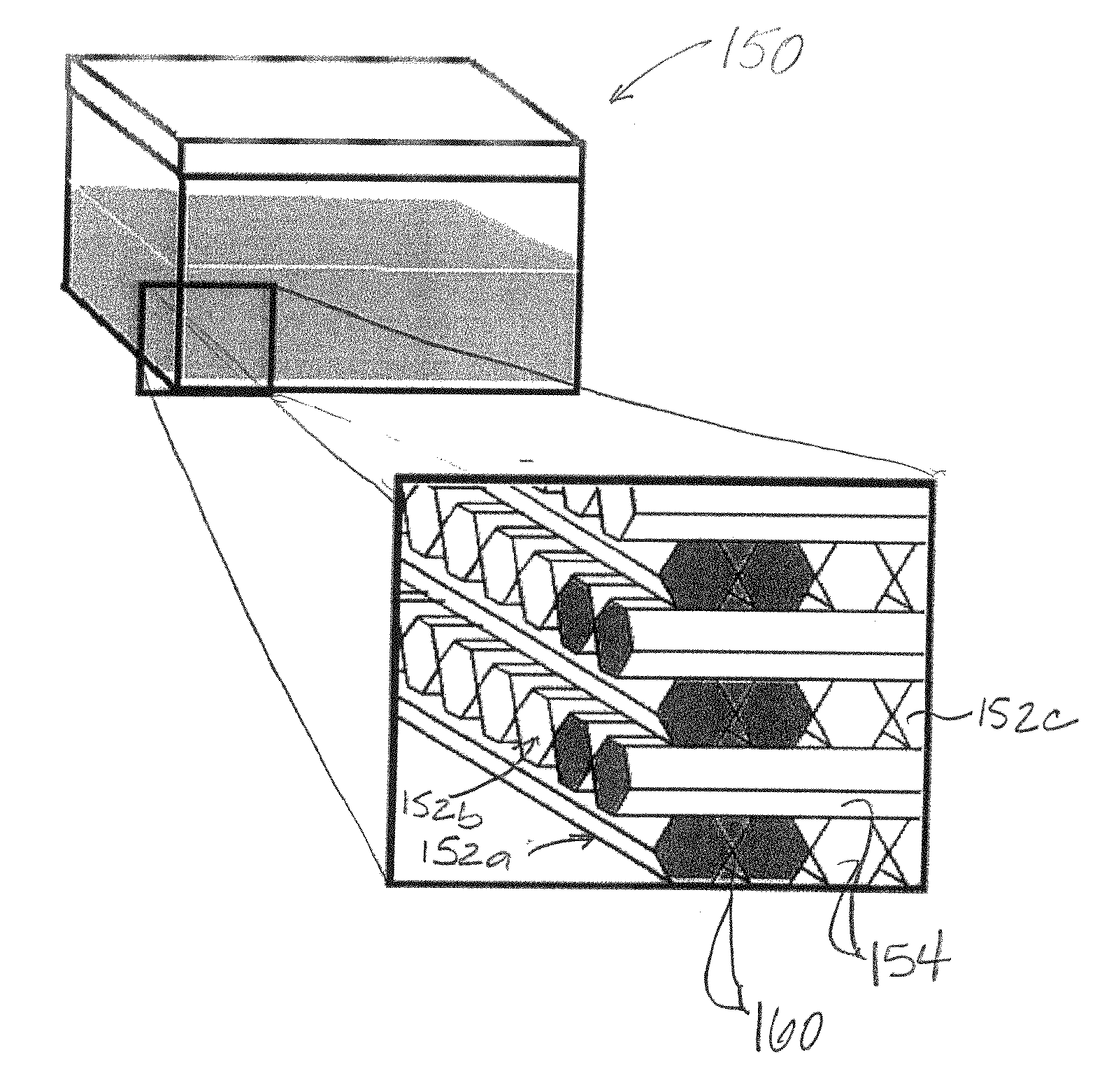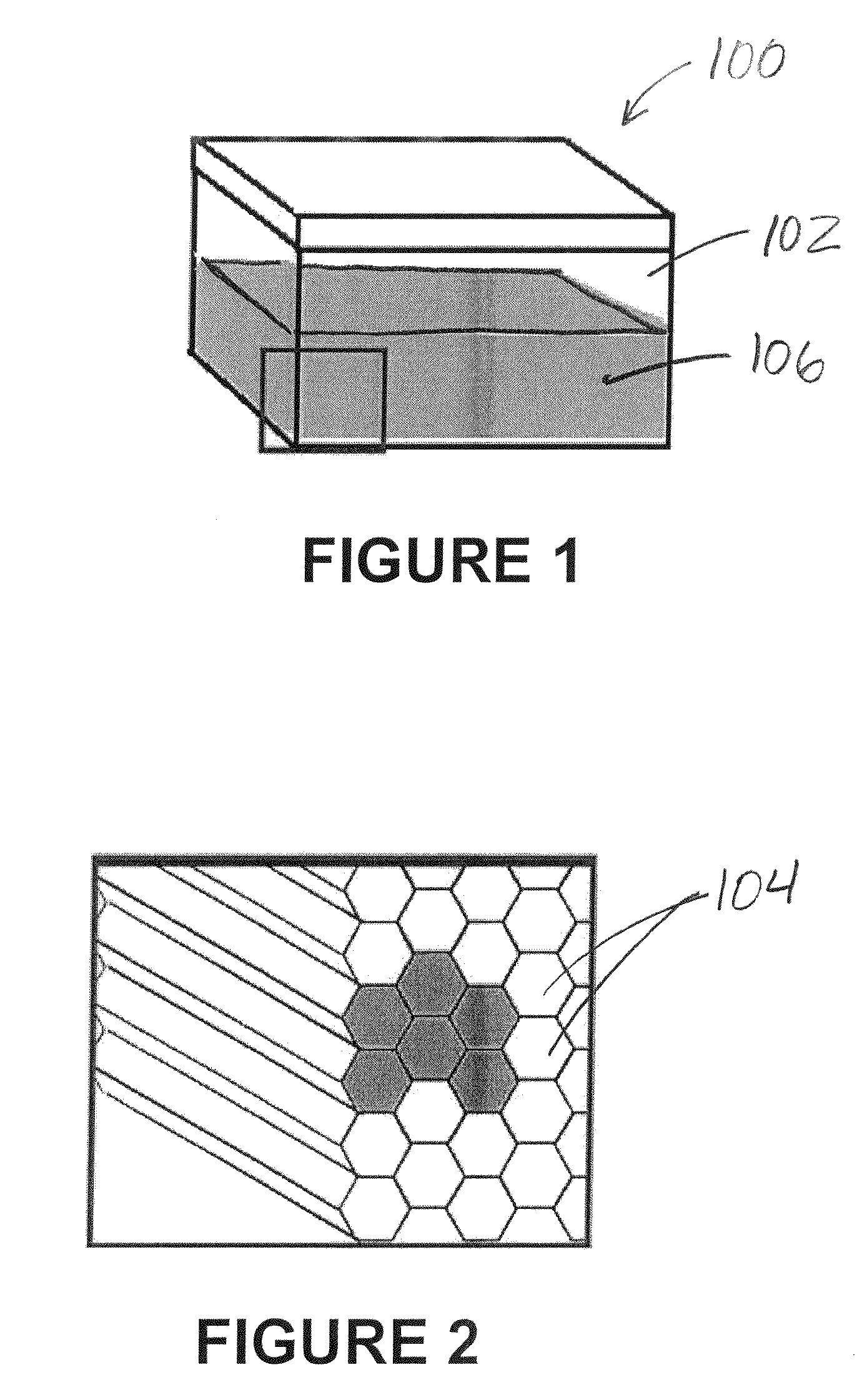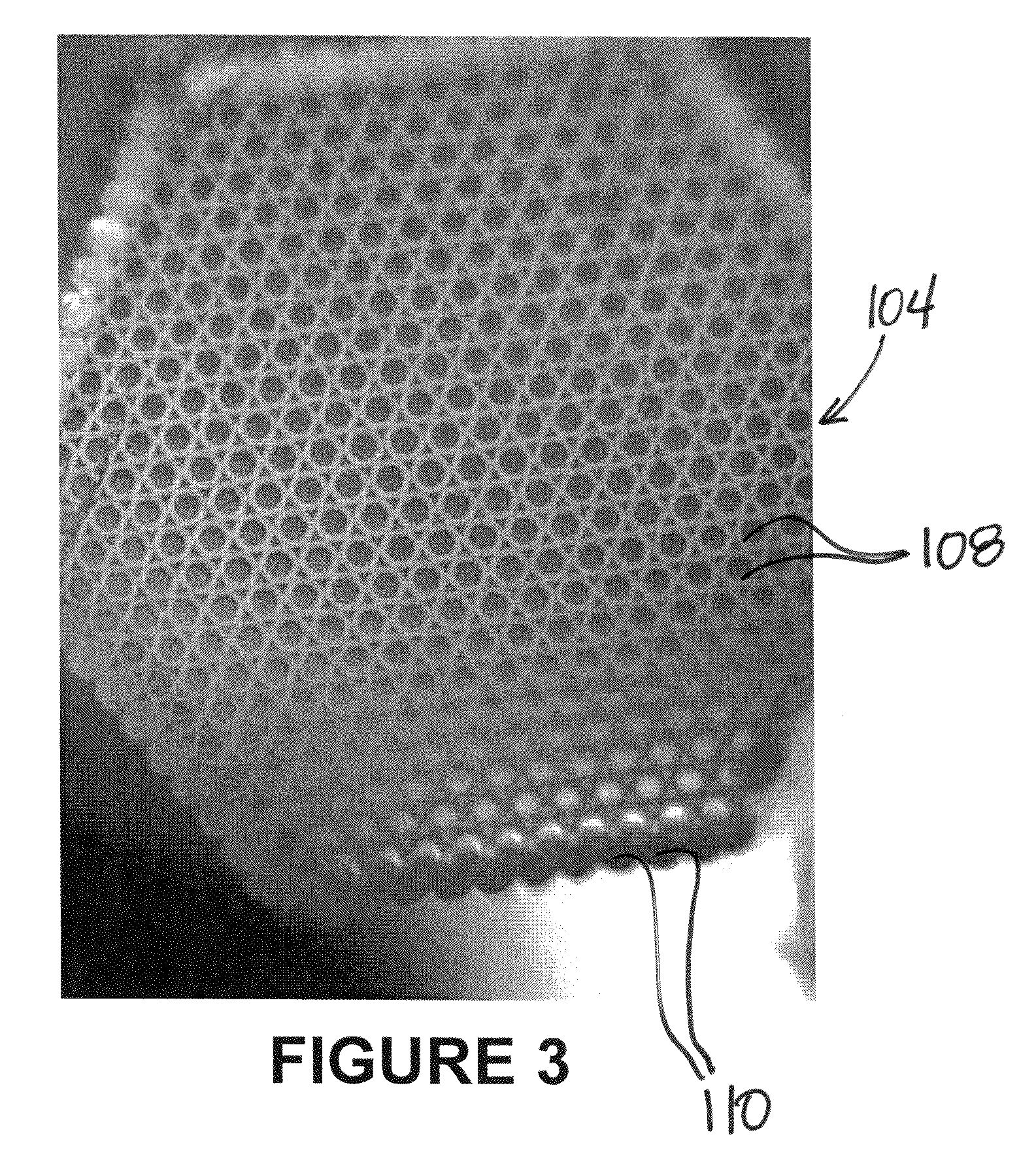Test object for use with diffusion MRI and system and method of synthesizing complex diffusive geometries using novel gradient directions
a test object and diffusion mri technology, applied in the field of medical imaging, can solve the problems of systematic bias, the effect of noise on dti data is more complicated, and the use of noise over the image changes the spatial properties of noise distribution
- Summary
- Abstract
- Description
- Claims
- Application Information
AI Technical Summary
Benefits of technology
Problems solved by technology
Method used
Image
Examples
case 1
Prolate Geometry to Generate Oblate Data
[0070]To synthesize an oblate ADC distribution from a measured prolate distribution, one recognizes that the oblate distribution can be described as a solid of revolution generated by rotating a prolate distribution 360° around an axis. For example, rotation of the prolate distribution in FIG. 10 around a central axis parallel to {circumflex over (x)} results in the oblate distribution shown in FIG. 11. Considering that the prolate distribution exhibits a higher diffusivity along 2, the solid of revolution specifies higher diffusivity in the y′-z′ plane. Noting that the difference in diffusivity for both distributions lies along the ŷ, ŷo axes, oblately-distributed ADC data that is to be reconstructed along ŷo (shown by the green line in FIGS. 10 and 11) is acquired along {circumflex over (z)} using the prolate structure. One simple acquisition scheme of the present invention to accomplish this involves turning on the z-gradient for any recons...
case 2
Prolate Geometry to Generate Data for Two Intersecting Prolate Distributions
[0075]In many fibrous tissues of a human or animal subject, a significant number of voxels contains fibers that cross or touch at oblique angles. An ADC distribution composed of two intersecting prolate distributions can also be reconstructed by acquiring data using specific gradient directions. Using the prolate ADC distribution and assuming that a voxel consists of two of these distributions with a mixing fraction 0<η<1, one can calculate the composite ADC value expected for a particular reconstruction direction using the following equation:
ln(SiSo)≡-bdi,comp=ln[(1-η)-bidi1+η-b1di2](11)
[0076]The composite ADC is denoted as di,comp. Assuming for both prolate distributions that the principle axes with the largest eigenvalues (λ1) are within the y-z plane, separated by an angle Ψ, one can calculate the ADC component from each distribution 1di and 2di using Equation 8:
1di=1λ1 cos2 θi−
1λ2 cos2 φi sin2 θi+
1λ3 si...
example 1
[0085]Scanner behavior was simulated using MATLAB (Mathworks, Natwick, Mass.). The gradient directions specified by the standard GE MR system file (tensor.dat), which are distributed evenly over a sphere, were assumed for data reconstruction for all synthesized distributions. Simulations were used to generate the proper directions along which to apply gradients during acquisition. The principle axis of the measured prolate structure in the phantom was assumed to point along the A-P axis in the scanner.
[0086]Both phantoms 100 and 150 of FIGS. 1 and 4 were used in this example. The phantom 100 was scanned using a GE Excite HDx 3.0T MRI scanner (GE Medical Systems, Milwaukee, Wis.), using an eight-channel head coil to image the prolate ADC distributions in an ROI containing the capillaries. Capillaries were bound into hexagonal arrays measuring ˜0.5 mm in cross section. Data from scans of the phantom 100 were used to synthesize other distributions.
[0087]The phantom 150 was scanned usin...
PUM
 Login to View More
Login to View More Abstract
Description
Claims
Application Information
 Login to View More
Login to View More - R&D
- Intellectual Property
- Life Sciences
- Materials
- Tech Scout
- Unparalleled Data Quality
- Higher Quality Content
- 60% Fewer Hallucinations
Browse by: Latest US Patents, China's latest patents, Technical Efficacy Thesaurus, Application Domain, Technology Topic, Popular Technical Reports.
© 2025 PatSnap. All rights reserved.Legal|Privacy policy|Modern Slavery Act Transparency Statement|Sitemap|About US| Contact US: help@patsnap.com



